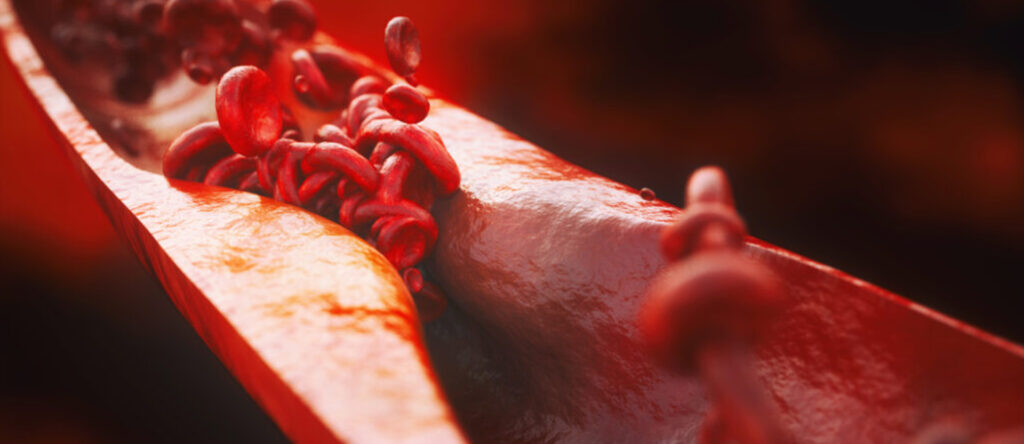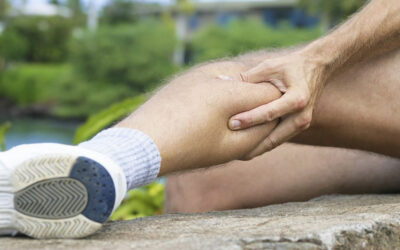We all hope to live long and healthy lives, right? Well, a big part of keeping ourselves in top condition is being watchful and figuring out problems before they become too serious. Most medical conditions will show up with a variety of warning signs and symptoms that we should take note of if we hope to tackle them in good time. Peripheral artery disease is one of them.
This is a condition that involves the denial of blood flow to your arms and legs, usually because of an accumulation of fatty deposits in the arteries responsible for delivering blood to them. This is known as atherosclerosis, and will lead to peripheral arterial disease (PAD) if left unchecked. To keep PAD at bay, be sure to visit your doctor should you experience any of the signs and symptoms we’ll highlight in this post.
Let’s dive right in.

Signs of Peripheral Arterial Disease
The following are the most notorious warning signs associated with peripheral arterial disease:
- Unnatural body temperature: A healthy body will maintain a normal temperature across all body parts, but a peripheral artery disease patient may notice a sudden drop in the temperature of the lower legs or feet when compared to the rest of their body
- Irregular pulse: You may notice that your pulse becomes harder to detect when you feel for it in your legs and feet.
- Numbness: Here, you may find that you do not experience regular sensations in your legs.
- Cramping: Pains, aches, and cramping in your arms may become a common occurrence, especially when carrying out tasks such as writing, knitting, and similar manual activities.
- Skin discoloration: A bluish or shiny tinge may develop in the regions of your feet and legs.
- Toenail disruption: Your toenails might become brittle and easily breakable, or grow at a much slower rate than usual.
- Sores and ulcers: Ulcers (wounds or persistent sores) that take a long time to heal or will not heal at all in spite of intervention may develop on your legs, feet, or toes.
- Limb pains: You may feel sharp pains in your legs, especially the calf and thigh muscles, when walking normally or climbing up a set of stairs.
- Erectile dysfunction: Here, you might experience the inability to achieve or maintain an erection (impotence) compared to previous conditions.
- Hair loss: People with significant hair growth on their legs and feet may notice that it falls of or grows much slower.

Final Thoughts
Peripheral arterial disease is a particularly troublesome condition because many people have it without experiencing or recognizing the signs involved. This is why it’s important to learn how to recognize the warning signals early. Note that PAD is a recognized risk factor for strokes and heart disease, and is more prevalent in men, smokers, and patients of African American descent.
Ensure that you visit a trusted, experienced, and specialized medical professional such should you notice any of the symptoms we’ve covered here. You can trust the expert team of specialists at Washington Vascular to provide world class care for you and you loved ones whenever you need it, so be sure to make us your first call. You won’t regret it!



